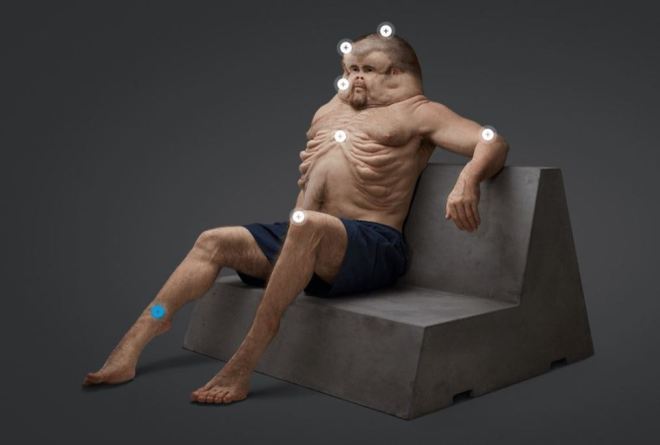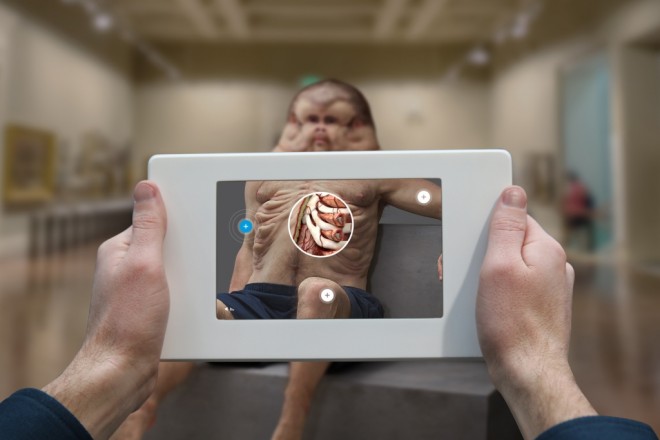The Transport Accident Commission Has Made This To Body Horror You Out Of A Car Crash
His name is Graham.

You know how the classic joke goes — the Victorian Transport Accident Commission, a trauma surgeon, an artist and a crash investigation expert walk into a bar. They all walk out again, having decided that using body horror is the best way to prevent car accidents. Presumably a lot of drinks happened between these two occurrences.
Meet Graham: a new educational tool unveiled today intended to make road users think twice before having an accident.
First up, cheers a whole bunch for making vanity and aesthetics the basis of a road safety campaign.
Would you sacrifice your neck and good looks in exchange for surviving any car accident? Meet Graham at @Library_Vic pic.twitter.com/d15c9v5Uqx
— ABC Radio Melbourne (@774melbourne) July 21, 2016
Graham is the collaborative effort of road safety engineer Dr David Logan, trauma surgeon Christian Kenfield and the Australian artist behind the Skywhale, Patricia Piccinini. He’s been created to represent what “the only person designed to survive on our roads” would look like.
The official Meet Graham website states: “as much as we like to think we’re invincible, we’re not”. But what if we were to change? What if our bodies were built to survive a low impact crash? What might we look like? The result of these questions is Graham, a reminder of just how vulnerable our bodies really are.”
It’s an interesting concept, but as a road safety measure, it’s a strange direction to take. The whole thing begs the question: if the safety element of this campaign is to remind us of our vulnerability… who out there actually thinks that our current bodies are designed to survive accidents? Who exactly are we trying to convince to change?
“Graham is not the solution, he is a catalyst for conversation about our vulnerability,” Piccinini said in a statement today. “He can plant that seed in our minds about how vulnerable we are on the roads.”
The website also allows users to ‘interact’ with Graham in 3D. You can — if you’re so inclined — hover over specific body parts to make information pop up about the ways in which the brain, skull, face, neck, skin, rib-cage, knees, legs and feet can all be impacted by a collision.
As a standalone exercise, Graham is certainly worthwhile and interesting, and anything that prompts conversation has value. But as a road safety measure? His use is more debatable. Art can be used to subtly convince us to shift our ideas and even change our behaviours. Maybe his face will pop into people’s heads as they push the speedo past 110. Or maybe poor old Graham won’t actually convince us of anything we don’t already know.
–
Read more about the campaign here.

